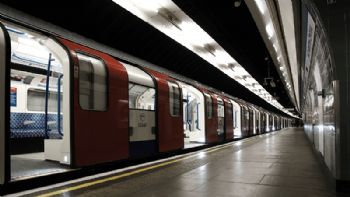
Closer running to increase the frequency of train services and investment in new railway infrastructure are two of the recommendations to boost UK rail capacity.
The details are contained in a new report by the Institution of Mechanical Engineers (IMechE) and TRL — the former
UK Transport Research Laboratory, which was formed by the Government in 1933 and was subsequently privatised in 1996.
Increasing capacity; putting Britain’s railways back on track makes recommendations to meet growing rail passenger demand, which is forecast to double by the 2040s.
Philippa Oldham, head of transport at the IMechE and co-author of the report, said: “Increasing the UK’s rail capacity is vital to the country’s economic growth. The HS2 scheme alone is expected to return more than £2 for every £1 invested, boosting annual productivity by over £8 billion.
“Although there are already exciting projects nearing completion, such as Crossrail, these are largely about catching up with under-investment over the past 100 years.
With demand set to double in the next 30 years, we need to step up efforts to ease crowding, improve punctuality and unlock further capacity. Relieving bottlenecks using fly-overs and shorter signalling sections are some of the proposals in this report.
The engineering proposals for UK rail capacity improvement are made in the context of much-needed transport infrastructure investment, where the UK falls 40% short of recommendations by the Organisation for Economic Co-operation and Development.”
Rebeka Sellick, head of rail at TRL and co-author of the report, said: “More than 5,000 new coaches are already on order across the UK network, supporting improvements that enable longer trains and slicker station stops. These measures will reduce train crowding, improve punctuality and increase capacity.
“However, with rail demand doubling, Brexit and the advent of autonomous road vehicles, the UK now has the chance to develop a fully integrated transport strategy for road and rail.
“Railways are best for environment-friendly high-capacity long-distance journeys for people and goods — and for mass transit within and into our cities.
“Projects such as HS2 and Northern Powerhouse Rail will deliver significant inter-city and suburban capacity, but we need more.
“Closer running for more capacity with more-frequent train services needs clever signalling and smarter traffic management systems. Such further railway investment and innovation will create jobs within the UK and boost exports.”